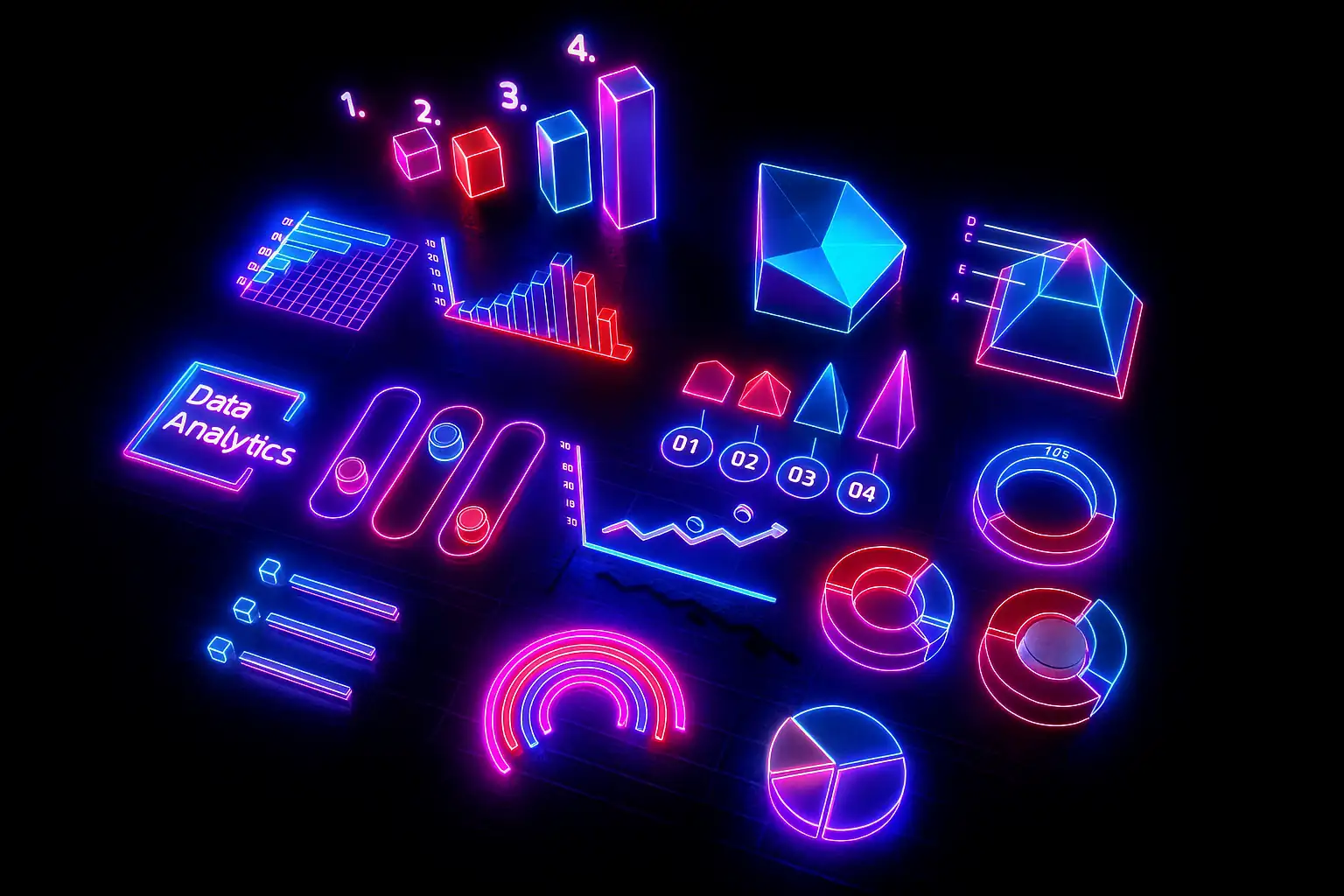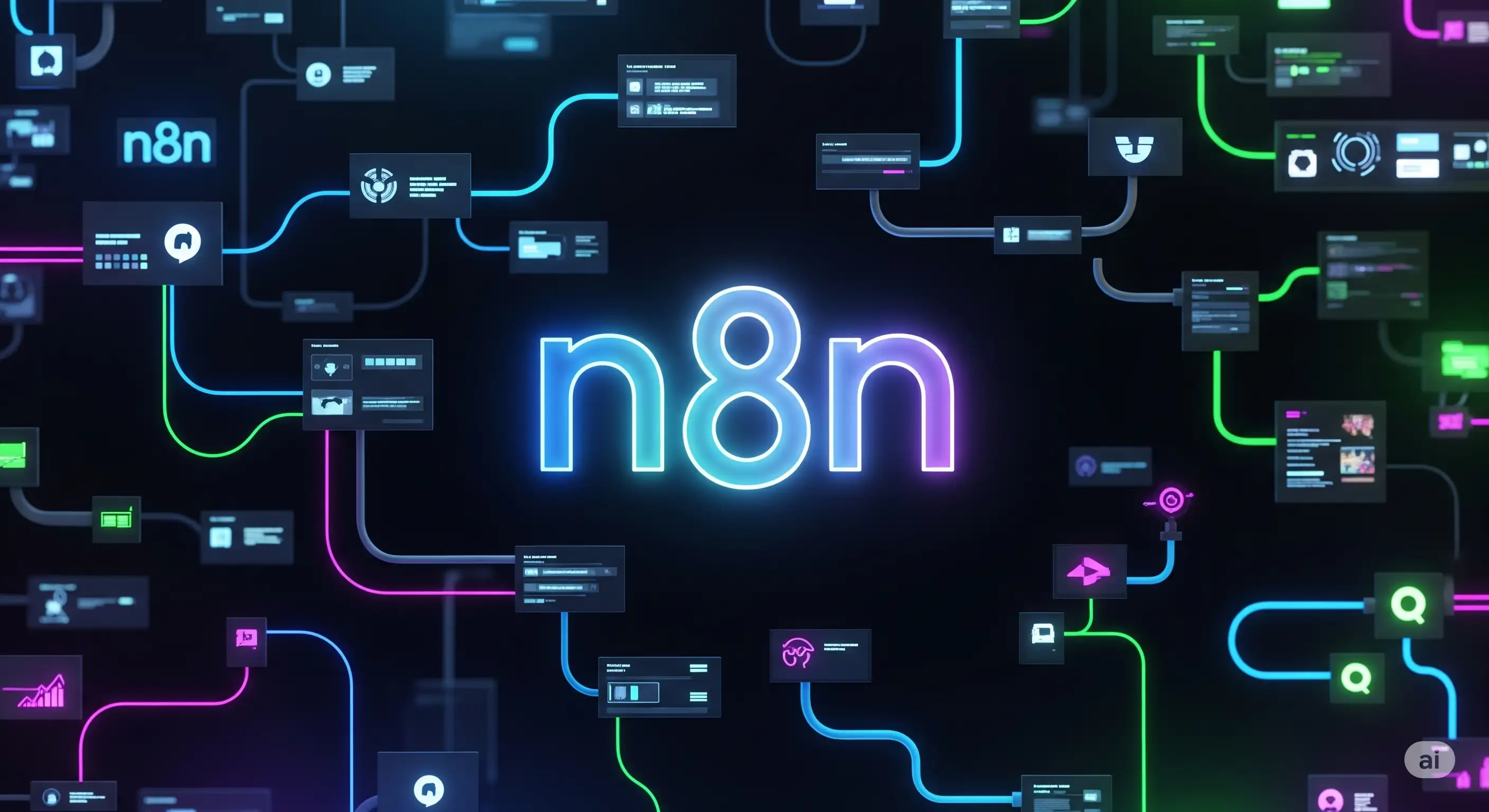TL;DR: AI is now a fundamental layer in marketing, not a trend. Winning requires strategic orchestration between humans and machines, not just tool adoption. This guide breaks down how to thrive in the AI-powered marketing landscape of 2025.
What is AI Marketing in 2025?
AI marketing refers to the strategic use of artificial intelligence technologies to automate, optimize, and enhance marketing processes. In 2025, this includes everything from content generation and campaign optimization to predictive analytics and customer experience personalization.
1. Executive Overview: The Current State of AI in Marketing
In 2024-2025, AI is not optional in marketing—it is essential. Over 69% of marketers are actively using AI tools; 90% plan to increase their investment this year. However, ROI varies significantly across organizations.
Key Insight: The real value of AI emerges when it’s paired with redesigned workflows, strong leadership, and a culture of experimentation.
AI Marketing Statistics 2025:
- 69% of marketers use AI tools
- 90% plan to increase AI investment
- 34.5% reduction in clicks due to Google AI Overviews
- 47% average improvement in campaign performance with AI
2. The ROI Divide: Why Some Marketing Teams Succeed with AI
Top performers: Invest in training, redesign processes, and involve leadership in AI strategy.
Underperformers: Rely on tools without upskilling teams or redefining goals.
How to Fix the AI ROI Gap:
- Run an AI Maturity Audit covering Technology, Process, and People
- Redesign workflows from scratch rather than bolting on AI tools
- Upskill marketers in prompt engineering, AI ethics, and strategic thinking
- Establish clear KPIs for AI implementation success
3. Essential AI Marketing Tools and Use Cases
| Marketing Function | AI Tool | Primary Use Case | Expected ROI | Get Started |
|---|---|---|---|---|
| Content Creation | Jasper, ChatGPT, Claude | First drafts, creative prompts, content ideation | 40-60% time savings | |
| SEO (GEO Focus) | SurferSEO, Clearscope, Ahrefs | AI content structuring for citation optimization | 25-35% traffic increase | |
| Paid Advertising | Performance Max, Meta+, Google Ads AI | Auto-optimization of bids, creative, and targeting | 20-40% ROAS improvement | |
| CRM & Customer Experience | Salesforce Einstein, HubSpot AI | Predictive lead scoring, churn detection | 30-50% conversion lift | |
| Analytics & Reporting | GA4, Tableau, Mixpanel | Anomaly detection, trend prediction, automated insights | 50-70% faster insights |
🚀 Quick Start Guide for AI Marketing Tools
For Content Teams:
- Start with: ChatGPT (free tier available)
- Scale with: Jasper for team collaboration
- Advanced: Claude for complex content analysis
For SEO Specialists:
- Begin with: SurferSEO for content optimization
- Enhance with: Ahrefs for comprehensive SEO analysis
- Optimize with: Clearscope for content research
For Paid Media Managers:
- Start with: Google Ads AI (Performance Max campaigns)
- Expand with: Meta+ for social advertising
- Optimize with: Automated bidding strategies
For CRM & CX Teams:
- SMB Focus: HubSpot AI for all-in-one solution
- Enterprise: Salesforce Einstein for advanced AI capabilities
- Analytics: Mixpanel for user behavior insights
Pro Tip: Success = Human editing + AI generation. Always review AI outputs for brand tone, accuracy, and strategic alignment. Start with one tool per function and master it before expanding your AI stack.
4. Generative Engine Optimization (GEO): The New SEO Strategy
Google’s AI Overviews reduce organic clicks by up to 34.5%. You now optimize for citations and AI-generated answers, not just traditional search rankings.
GEO Best Practices for 2025:
- Use clear, hierarchical headers (H1, H2, H3) with descriptive titles
- Include concise definitions and structured data for AI comprehension
- Create bullet lists and tables for easy AI parsing
- Focus on E-E-A-T: Experience, Expertise, Authority, Trust
- Provide comprehensive answers to common questions in your niche
GEO Content Structure:
- H1: Main topic (e.g., “AI Marketing Strategy”)
- H2: Key subtopics (e.g., “AI Tools for Content Creation”)
- H3: Specific aspects (e.g., “ChatGPT for Marketing Copy”)
- Bullet points: Easy-to-cite information
- Tables: Structured data for AI processing
5. AI Marketing Ethics and Risk Management
Top AI Marketing Risks in 2025:
- Algorithmic bias in targeting and content generation
- Data privacy violations and compliance issues
- Content homogenization and brand voice dilution
- Over-reliance on AI without human oversight
AI Ethics Mitigation Strategies:
- Regular AI decision audits and bias testing
- Representative training data and diverse perspectives
- Human oversight on all AI-generated content
- Clear AI governance policies and ethical guidelines
- Transparency in AI usage and decision-making
6. Future Trends: Agentic AI and Predictive Marketing
Agentic AI Marketing:
Agentic AI systems can automate complete marketing workflows based on business goals, from campaign creation to optimization and reporting.
Predictive Customer Experience:
Uses real-world data (weather, traffic, trends, social signals) to anticipate customer needs and deliver personalized experiences.
Voice & Visual Discovery:
SEO optimization for Siri, Alexa, Google Assistant, and visual search platforms like Google Lens becomes crucial for brand visibility.
7. Action Plan: Implementing AI Marketing Strategy
Phase 1: Assessment (Weeks 1-2)
- Audit your current marketing stack for AI capabilities
- Evaluate team AI literacy and identify skill gaps
- Assess current processes for automation opportunities
Phase 2: Strategy Development (Weeks 3-4)
- Define AI marketing goals and success metrics
- Select appropriate AI tools based on your needs
- Design new workflows that integrate AI seamlessly
Phase 3: Implementation (Weeks 5-8)
- Upskill your marketing team in AI tools and ethics
- Pilot AI initiatives with small, controlled tests
- Establish AI governance and oversight processes
Phase 4: Optimization (Ongoing)
- Measure AI performance against defined KPIs
- Iterate and improve based on results
- Scale successful initiatives across your organization
Key Performance Indicators for AI Marketing Success
Focus on these metrics rather than just efficiency gains:
- Customer Acquisition Cost (CAC) reduction
- Customer Lifetime Value (CLV) increase
- Market share growth
- Brand awareness and engagement
- Conversion rate improvements
Conclusion: The Future of AI Marketing
The future of marketing belongs to organizations that can strategically orchestrate human creativity with AI capabilities. Success requires more than tool adoption—it demands cultural change, process redesign, and continuous learning.
Remember: AI is a powerful amplifier of human marketing skills, not a replacement for strategic thinking and creativity.
Ready to transform your marketing strategy with AI? Contact me to discuss how we can implement these strategic approaches in your business and develop a customized AI marketing roadmap.






